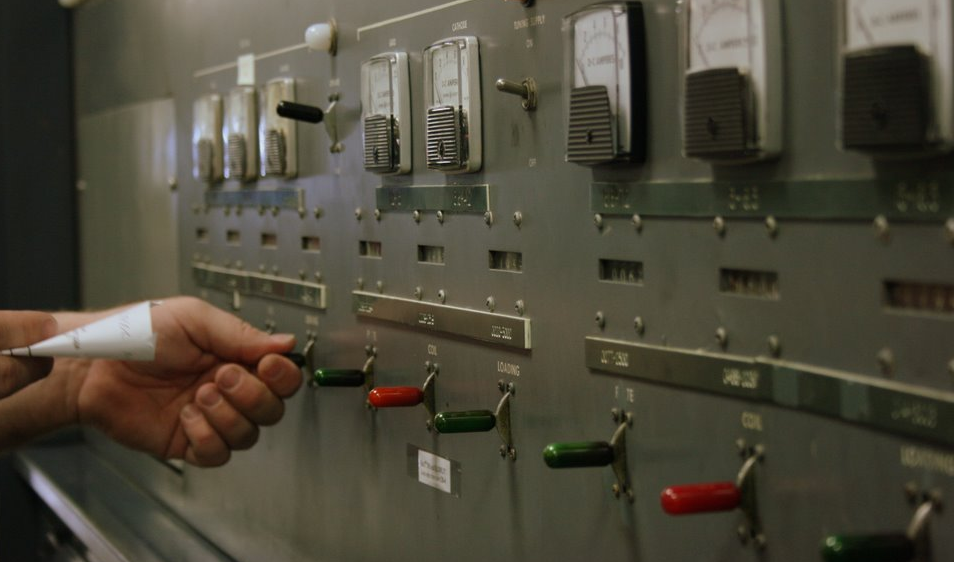Radio Korea from July the 3rd 1977
/Living here on the West coast, I have always been fascinated by Asia - particularly the coastal Asian countries of Korea, Japan, Vietnam and China - in part because we are only separated by a vast salt water ocean between us.
And countries like Korea fascinate me even more because of the intricate, complicated and often globally impactful instabilities that occur in the region on a regular basis. In this recording I capture the essence of the Korean broadcasting centre in Seoul, Korea. Professionally produced, the media out of Korea during the late 70's was on a par with any other broadcaster on the World stage - in stark contrast to what was coming out of Pyongyang to the North (featured in future recordings!)
Enjoy this snippet recorded on a 1973 DX150B receiver attached to an inverted-L antenna in my backyard - in a quieter time where the only interference was from an old TV set or a furnace motor!








